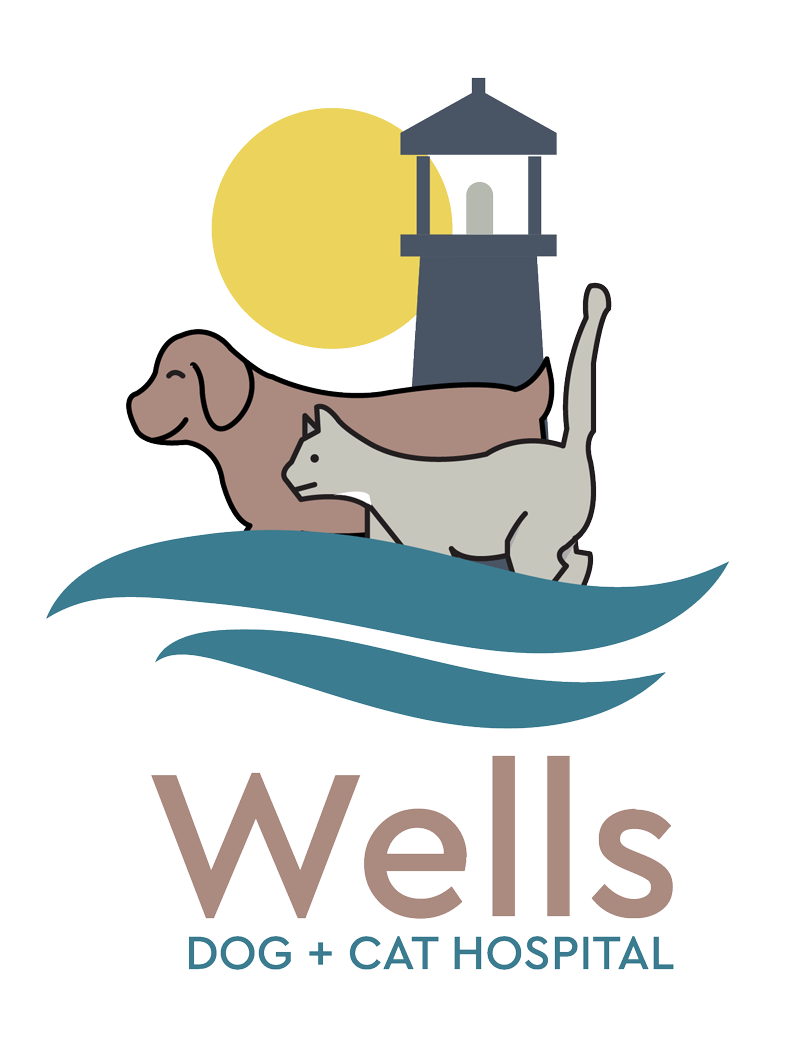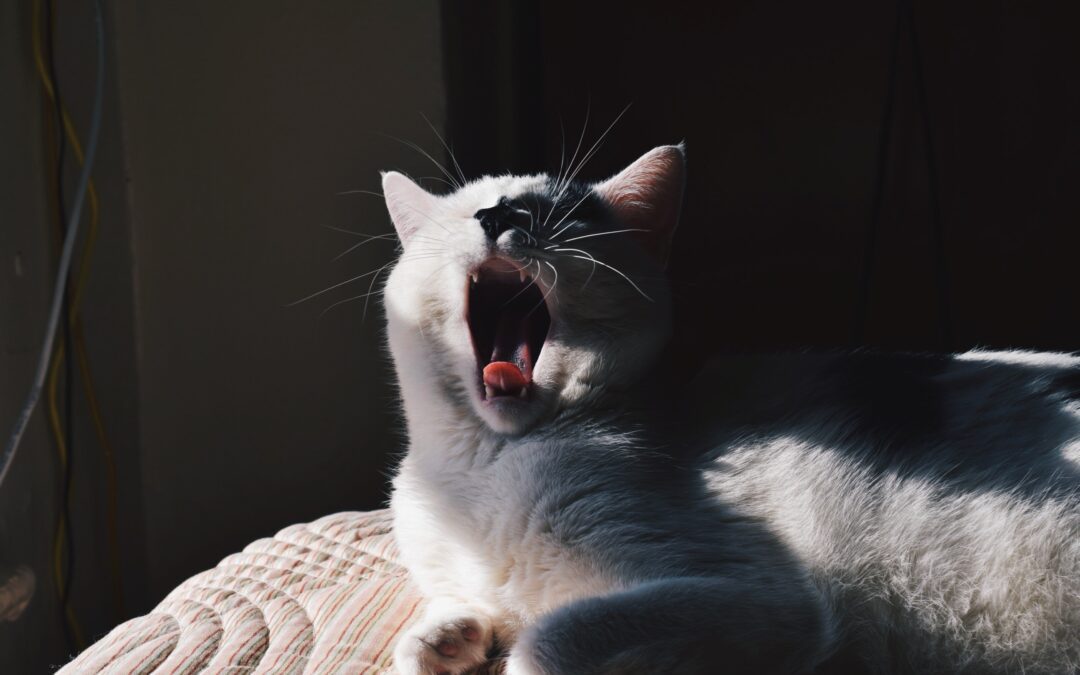Ensure Your Pet’s Smooth Surgical Recuperation with the Right Care
Orthopedic surgery, or any type of operation for that matter, is a major event in the life of a pet. It could affect their daily routine even after they have come back home. To make sure your furry friend can get back to living life as usual faster and easier following an orthopedic procedure, use these recovery tips!
#1: Keep your pet’s activity level low
Surgery can be confusing and disorienting for pets, who may not understand the need to remain calm. Despite feeling better soon after surgery, it is important to ensure that your pet does not get too active by keeping them on a leash during outdoor walks, returning inside immediately after bathroom breaks, or confining them in a small room when necessary. This will help prevent any potential re-injury from overexertion.
#2: Assist with mobility items
To keep your furry friend safe and healthy, you may need to provide assistance for them when standing up, lying down, moving around or going to the bathroom. Utilize a sling-like device or other mobility items that can help with these tasks so they don’t hurt themselves trying.
#3: Check the incision site
Monitor your pet’s incision area meticulously throughout the day for any signs of swelling, redness, or fluid discharge. To ensure a speedy recovery and healing process, be sure to keep the region clean and dry at all times in accordance with your vet surgeon’s instructions.
#4: Use heat and ice therapy
Applying heat and cold can help reduce inflammation and discomfort, as well as improve circulation so that your pet can heal swiftly. When it comes to after-surgery treatment, the rule of thumb is to use ice for 72 hours, followed by heat therapy. To protect your four-legged friend’s skin from any harm brought about by extreme temperatures, make sure to place a cloth in between their fur and the pack before usage – but don’t forget to check with your vet first!
#5: Provide prescribed medicines
Give your pet the prescribed medicine after surgery, even if they seem to be recovering well or don’t appear to need pain relief. Though unexpected side effects such as vomiting, diarrhea, loss of appetite and excessive sleepiness can happen – alert your vet right away in case these occur. Continuing administration of medication is vital for a successful recovery!
#6: Follow rehabilitative protocols
After orthopedic surgery, pets can reap the rewards of postoperative rehabilitation with various therapies that aid in their recovery. Such treatments help speed up your beloved animal’s comeback while also helping build muscle and improve mobility:
- Laser therapy
- Hydrotherapy (i.e., underwater treadmill)
- Therapeutic massage
- Passive range-of-motion exercises
- Therapeutic ultrasound
- Acupuncture
- Chiropractic care
- Neuromuscular electrical stimulation
Ready to give your pet the best recovery after surgery? Our veterinarians are here to help! We’ll collaborate with you and craft an individualized rehabilitation program for your beloved companion. If you require assistance in designing or administering the post-operative plan, get in touch with our team today.

